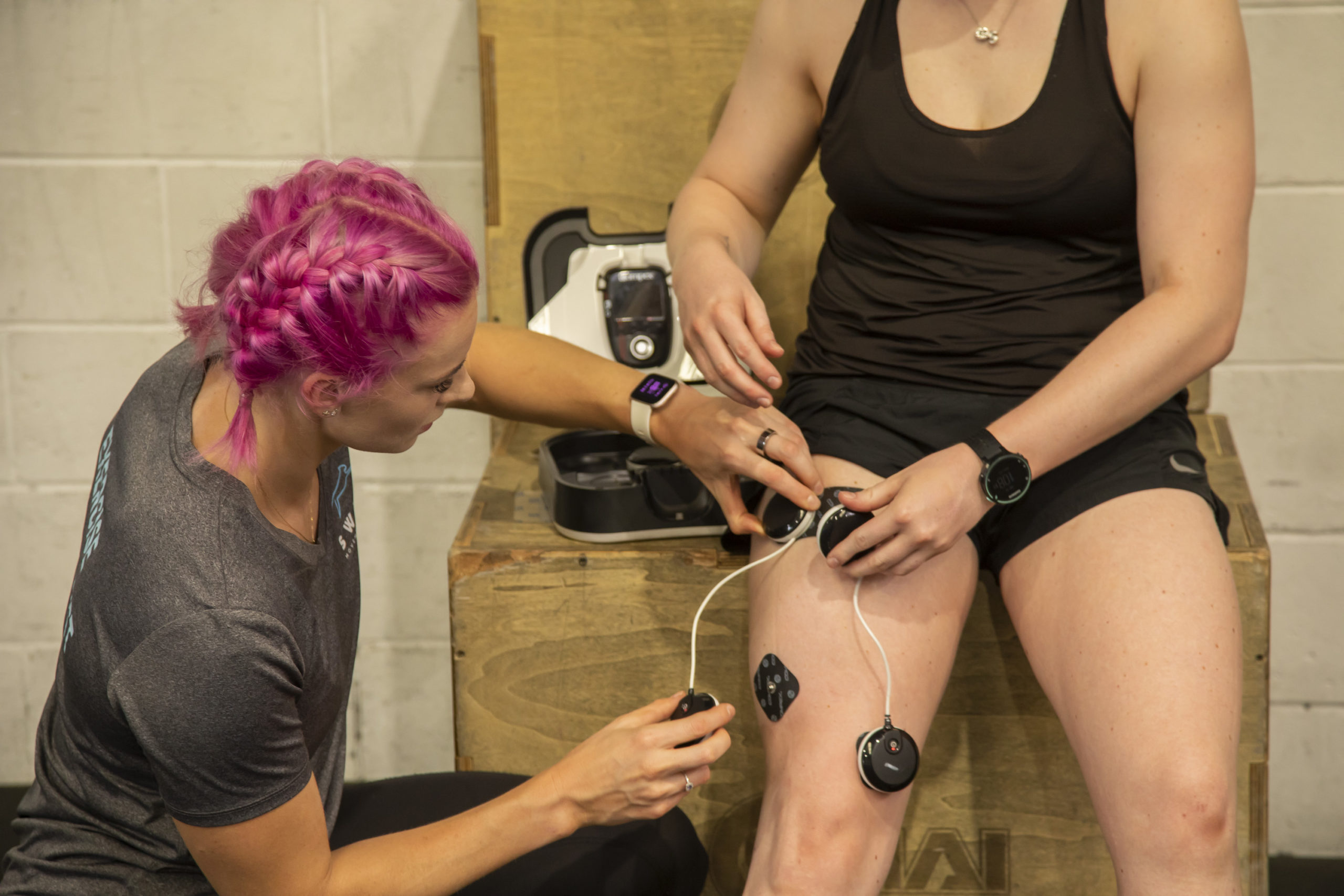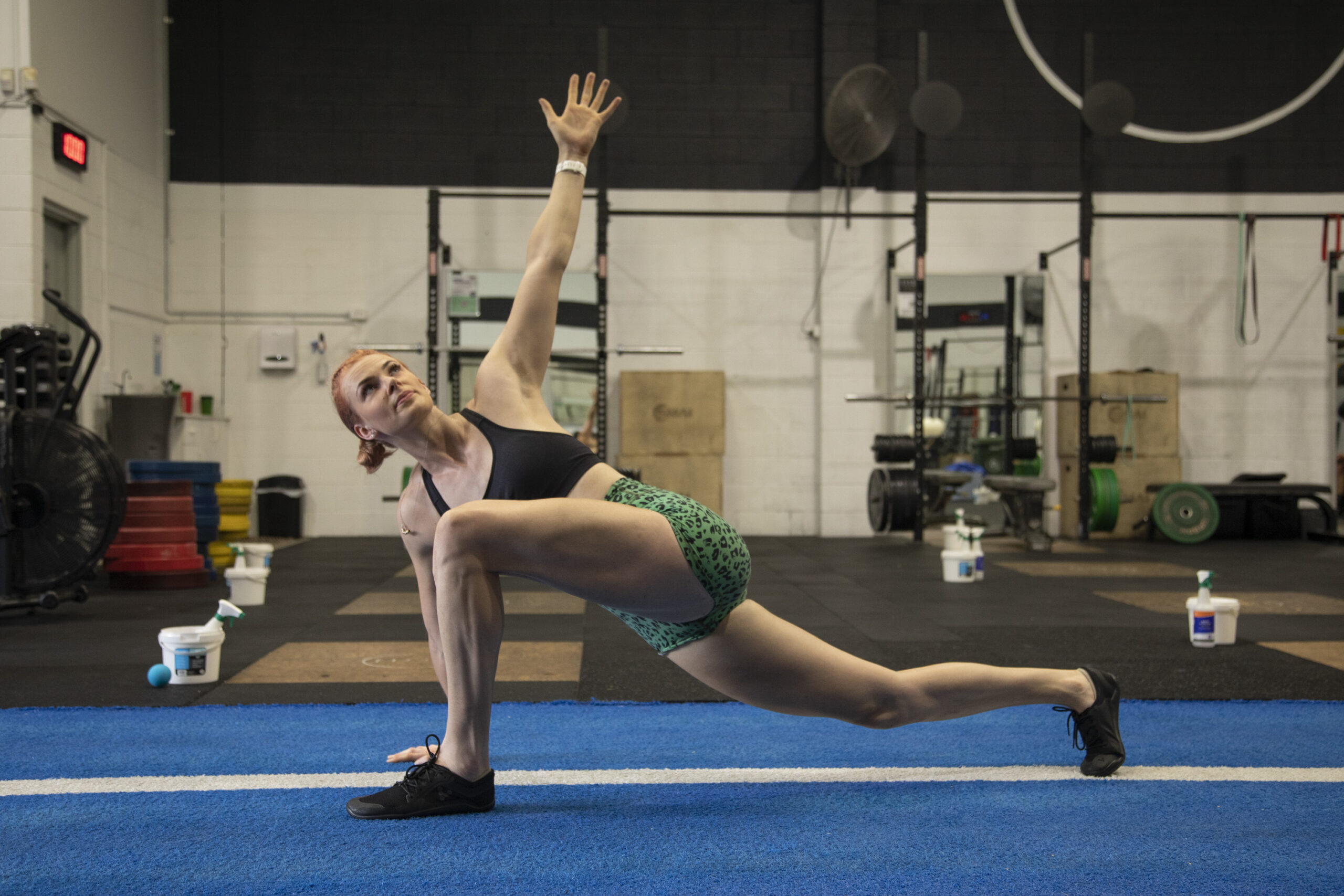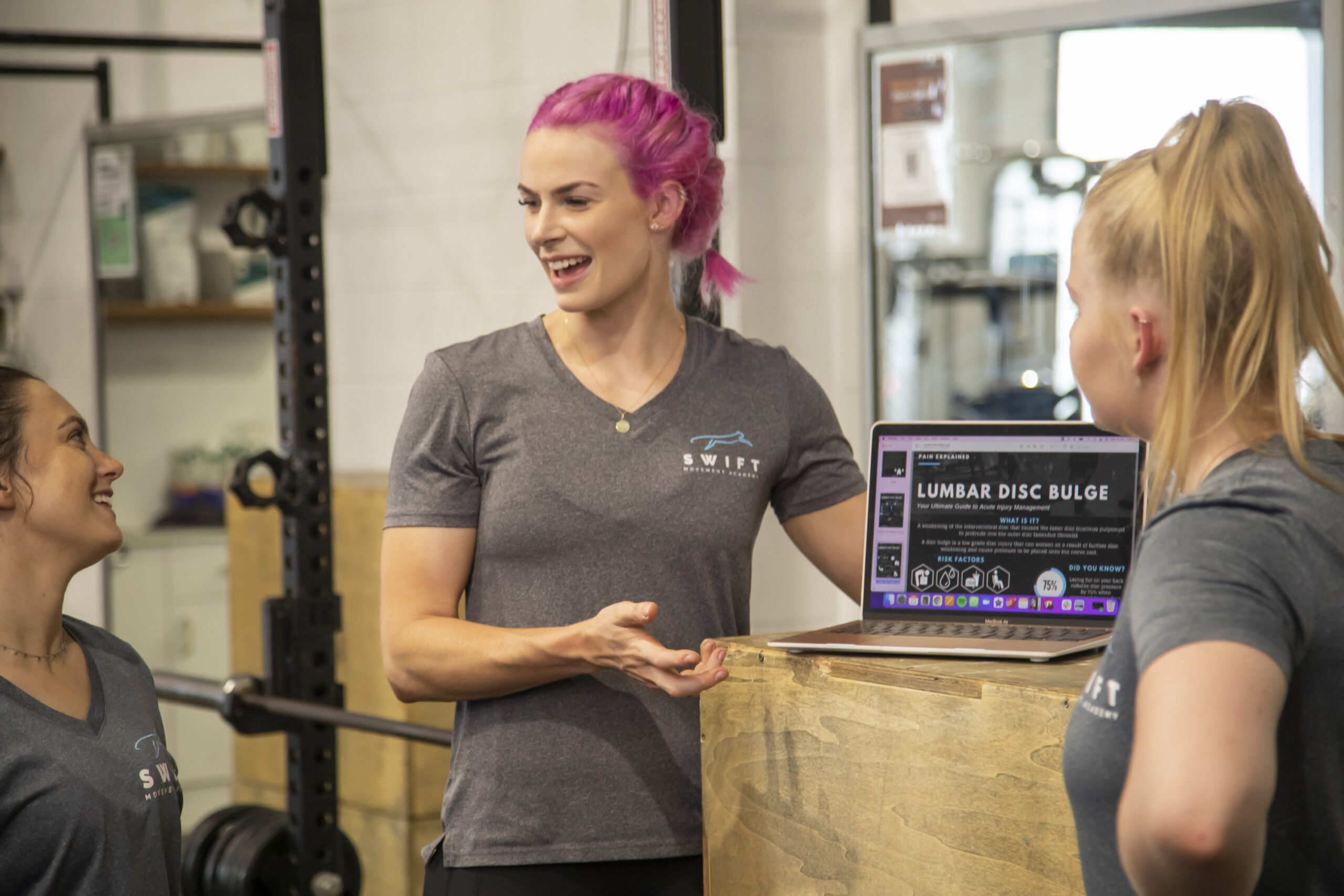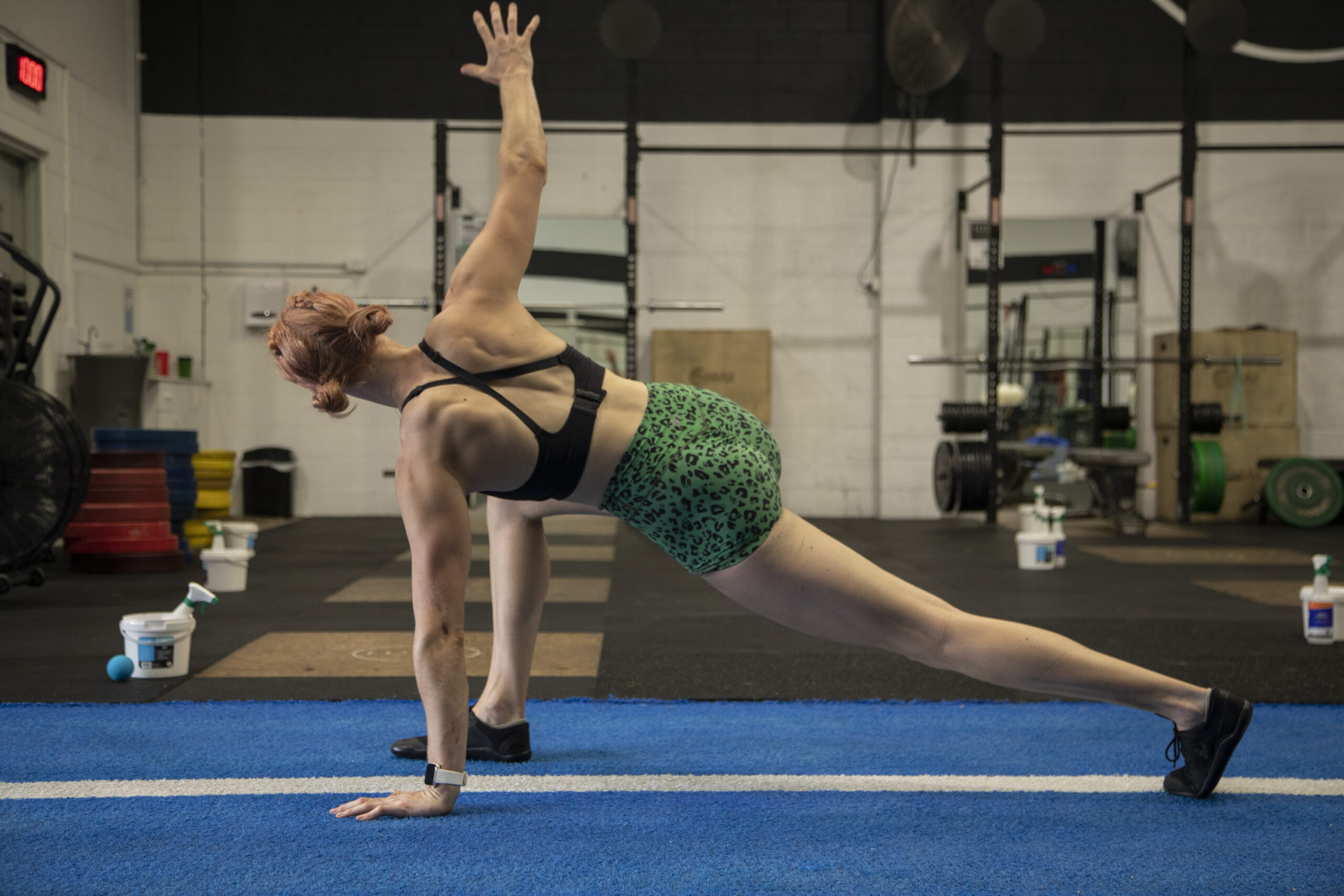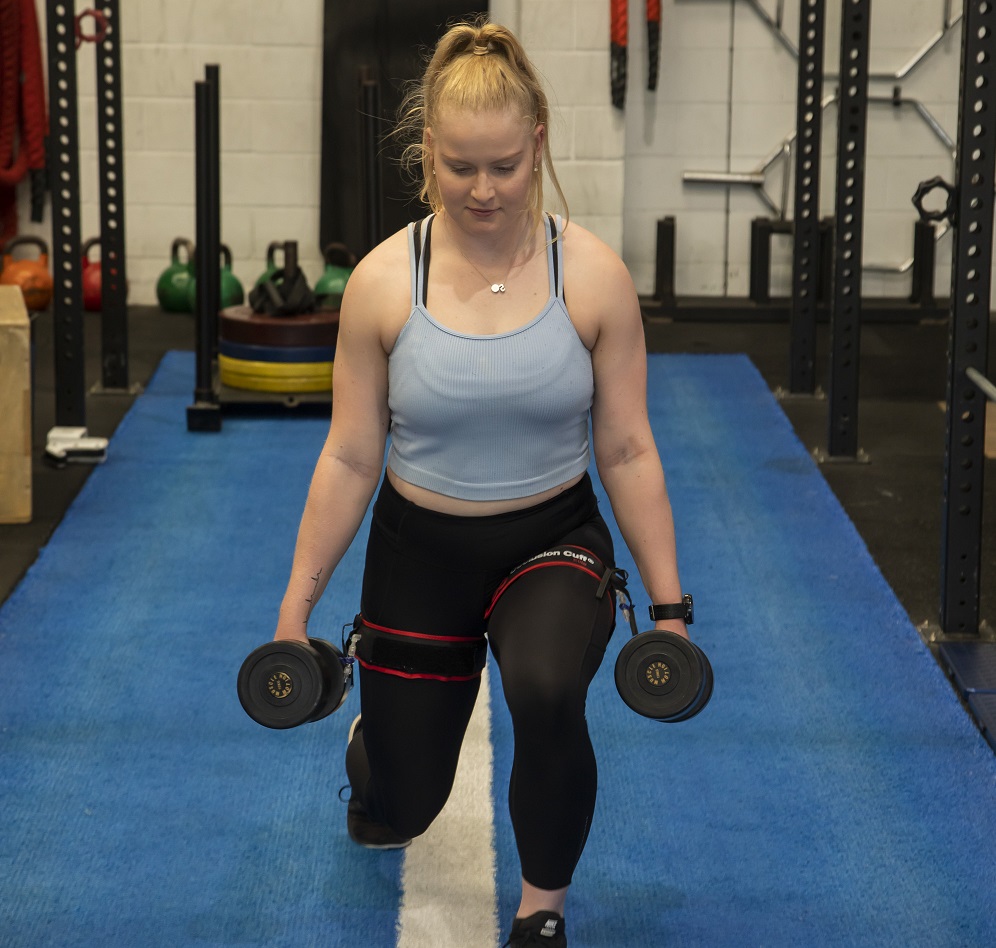Osteoarthritis is a common joint condition that affects millions of people worldwide. This degenerative joint disease is characterized by the breakdown of the cartilage in the joints, causing pain, stiffness, and limited mobility. The knee is one of the most commonly affected joints, and knee osteoarthritis can significantly impact daily activities and quality of life. In this article, we will discuss the benefits of exercise rehabilitation for knee osteoarthritis and the role of an exercise physiologist in the management of this condition.
Symptoms of Knee Osteoarthritis
Knee osteoarthritis is a slowly progressive condition that typically affects people over the age of 50 but can also be seen in those less than 50. The primary symptoms of knee osteoarthritis are pain and stiffness in the knee joint, which can make it difficult to perform daily activities, such as walking, going up and down stairs, or even standing for long periods. In addition, people with knee osteoarthritis may experience a decreased range of motion in the knee, and swelling in the knee can also occur.
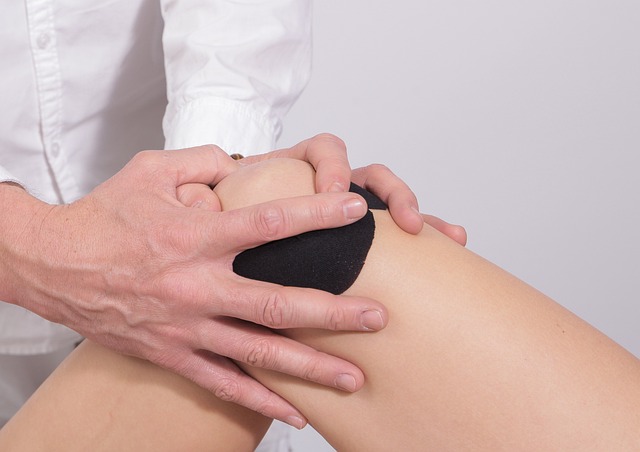
Causes of Knee Osteoarthritis
The causes of knee osteoarthritis are complex and can be due to a combination of factors. Age is a significant risk factor for the development of knee osteoarthritis, as the joint cartilage naturally wears down over time. Previous knee injury, overuse of the knee, and obesity can also increase the risk of developing knee osteoarthritis.
The Importance of an Exercise Physiologist
Exercise rehabilitation for knee osteoarthritis should be performed under the guidance of an exercise physiologist. An exercise physiologist is a licensed healthcare professional who specializes in designing and implementing exercise programs for people with medical conditions, such as knee osteoarthritis. They have the knowledge and experience to create a personalized exercise program that takes into account the individual’s medical history, physical abilities, and goals.
An exercise physiologist will also monitor the progress of the exercise program and make adjustments as needed to ensure the best outcomes. They can also provide education on proper exercise techniques and help prevent injury by correcting any improper techniques.
The Benefits of Exercise Rehabilitation for Knee Osteoarthritis
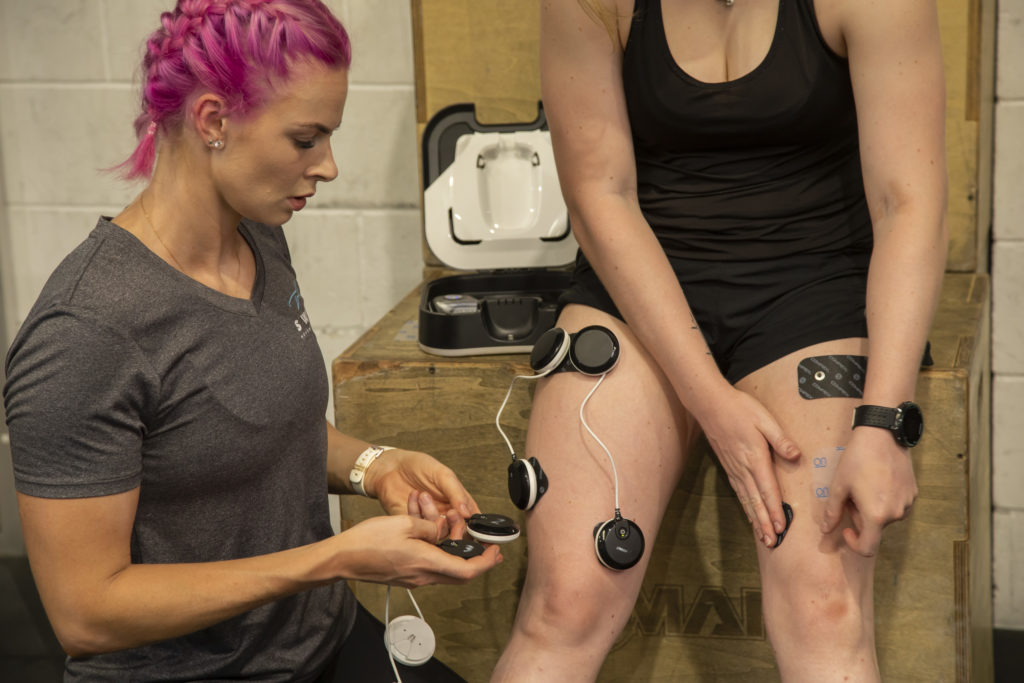
Exercise rehabilitation is a highly effective treatment for knee osteoarthritis. When performed under the guidance of an exercise physiologist, exercise rehabilitation can provide numerous benefits, including:
- Relief of pain and improvement of function: Exercise rehabilitation can help to relieve pain and improve knee function by reducing the inflammation in the knee joint and strengthening the knee muscles.
- Increase in mobility and flexibility: Regular exercise can increase mobility and flexibility in the knee, helping to reduce stiffness and improve overall joint function.
- Strengthening of knee muscles: By strengthening the knee muscles, exercise rehabilitation can help to improve stability and reduce the risk of knee injury.
- Decreased need for medication and surgery: Regular exercise rehabilitation can reduce the need for pain medication and knee surgery, providing a non-invasive option for managing knee osteoarthritis.
Exercise for Knee Osteoarthritis
An exercise physiologist will use a combination of exercise modalities to help relieve pain and improve knee function in people with knee osteoarthritis. Some of the most commonly used modalities include:
- Range of motion exercises: Range of motion exercises help to increase mobility in the knee and reduce stiffness. These exercises may include gentle leg swings and assisted knee bends.
- Strength training exercises: Strength training exercises can help to build the muscles that support the knee joint and reduce the stress on the knee. These exercises may include various depth squats, progressive single leg exercises and hamstring and glute focused exercises.
- Stretching exercises: Stretching exercises can help to improve flexibility in the knee and reduce pain. These exercises may include calf stretches, hamstrings stretches, and quadriceps stretches.
- Aquatic therapy: Aquatic therapy, or water exercises, can provide a low-impact option for improving knee function. The buoyancy of the water can reduce the stress on the knee joint and provide a supportive environment for exercise.
- Balance and gait training: Balance and gait training can help to improve stability and reduce the risk of falls in people with knee osteoarthritis. These exercises can help improve coordination and confidence in walking and reduce the strain on the knee joint.
Final Thoughts
Knee osteoarthritis is a debilitating condition that can impact daily activities and quality of life. Exercise rehabilitation can provide numerous benefits for people with knee osteoarthritis, including relief of pain and improvement of function, increased mobility and flexibility, strengthening of knee muscles, and a decreased need for medication and surgery. By incorporating exercise rehabilitation into their treatment plan, people with knee osteoarthritis can improve their overall health and well-being.
If you are living with knee osteoarthritis and would like to learn more about the benefits of exercise rehabilitation, contact us today. We can’t wait to help you get started on the path to better health and well-being.
